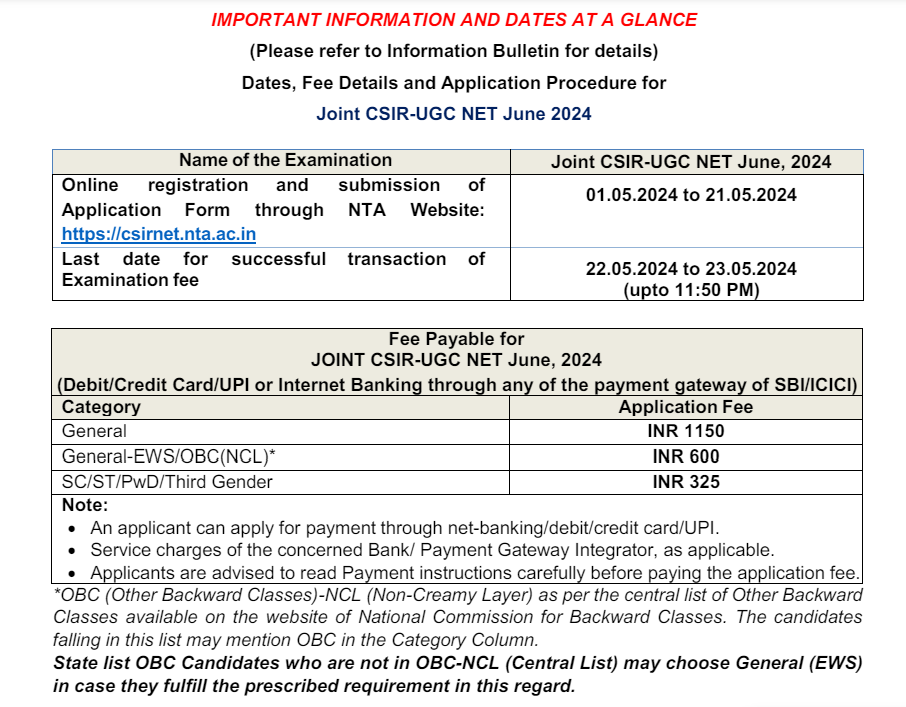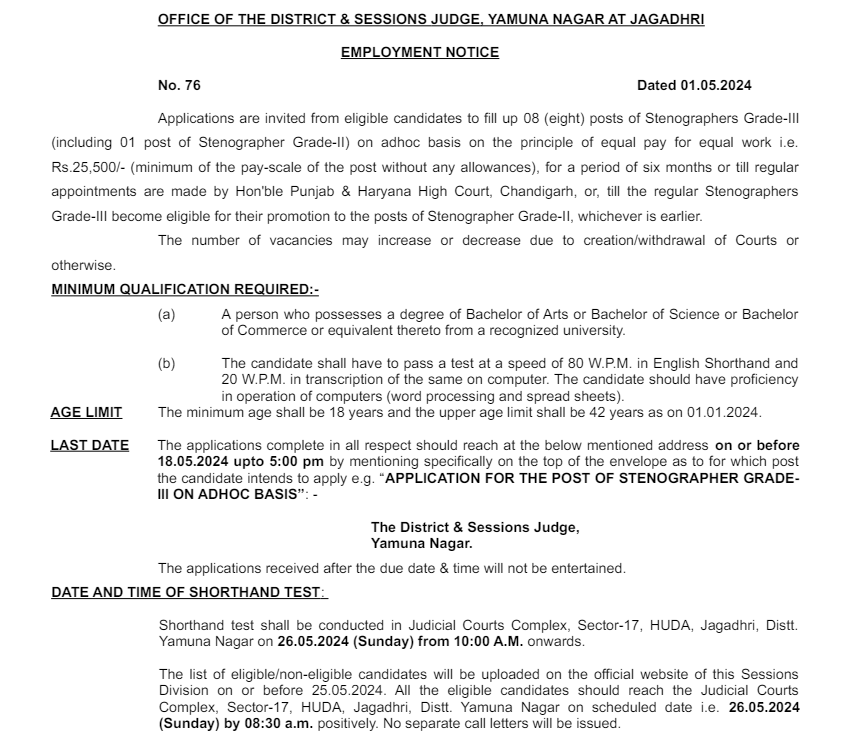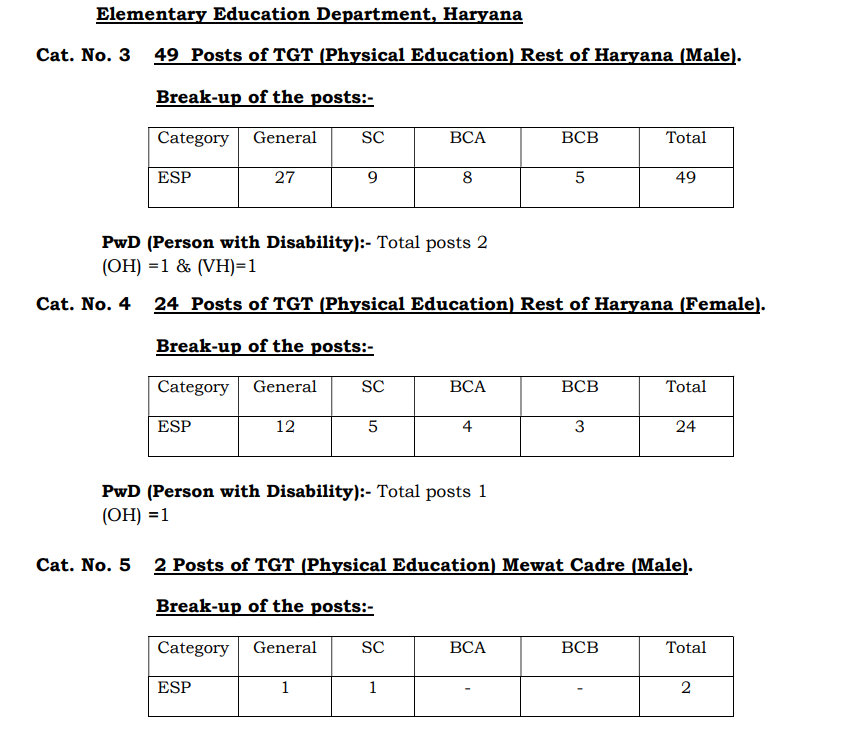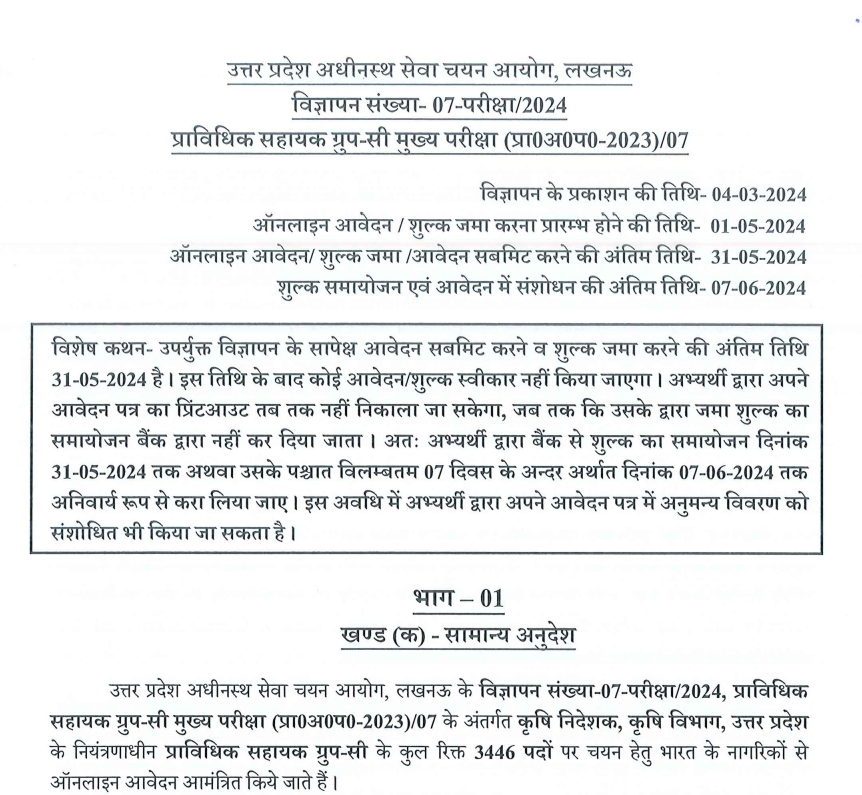BASIC ELECTRICAL ITI MOSTLY ASKED 140 QUESTIONS

Category –EE Online Test
Telegram-Join Us On Telegram
Attempt Free BASIC ELECTRICAL ITI MOSTLY ASKED 140 QUESTIONS Here. Read The Important Electrical MCQ From Below.
We have found that no for basic level questions have increased in every competitive exam, so here we are providing 140 questions based on ITI/Diploma level these questions are very common and easy but when these question will be ask in exam we are not able to give the right answer ,because we have ignored it.so my advise is at least once time every candidate should read this type questions before every exam
1. A terminal where more than two branches met is called
a) Node
b) Terminus
c) Loop
d) None of the above
a) Node
b) Terminus
c) Loop
d) None of the above
Ans-A
2. An ideal current source has
a) Infinite source resistance
b) Zero internal resistance
c) Zero voltage on no load
d) Zero ripple
a) Infinite source resistance
b) Zero internal resistance
c) Zero voltage on no load
d) Zero ripple
Ans-A
3. An ideal voltage source should have
a) Zero source resistance
b) Infinite source resistance
c) Terminal voltage is proportional to current
d) Open-circuit voltage nearly equal to voltage of the load current
a) Zero source resistance
b) Infinite source resistance
c) Terminal voltage is proportional to current
d) Open-circuit voltage nearly equal to voltage of the load current
Ans-A
BASIC ELECTRICAL ITI MOSTLY ASKED 140 QUESTIONS
4. Mesh analysis is based on
a) Kirchh off fs Current Law
b) Kirchh off fs Voltage Law
c) Both
d) None
a) Kirchh off fs Current Law
b) Kirchh off fs Voltage Law
c) Both
d) None
Ans-B
5. In a four branch parallel circuit, 10mA of current flows in each branch. If one of the branch opens, what is the current in each of the other branches
(a) unaffected
(b) increases
(c) decreases
(d) doubles
(a) unaffected
(b) increases
(c) decreases
(d) doubles
Ans-B
6. Identify the passive element among the following
a. Voltage source
b. current source
c. inductor
d. transistor
a. Voltage source
b. current source
c. inductor
d. transistor
Ans-C
7. How much energy is stored by a 0.05ƒÊF capacitor with a voltage of 1000V?
a. 0.025J
b. 0.05J
c. 5J
d. 100J
a. 0.025J
b. 0.05J
c. 5J
d. 100J
Ans-A
BASIC ELECTRICAL ITI MOSTLY ASKED 140 QUESTIONS
8. The unit of power is
a. Watts
b. Volts
c. Current
d. None
a. Watts
b. Volts
c. Current
d. None
Ans-A
9. The nodal method of circuit analysis is based on
a. KVL + ohms law
b. KCL + ohms law
c. KVL + KCL
d. KVL + ohms law +KCL
a. KVL + ohms law
b. KCL + ohms law
c. KVL + KCL
d. KVL + ohms law +KCL
Ans-A
10. In a four branch series circuit, 10mA of current flows in each branch. If one of the branch opens, what is the current in each of the other branches
(a) unaffected
(b) increases
(c) decreases
(d) zero
(a) unaffected
(b) increases
(c) decreases
(d) zero
Ans-D
11. State Kirch off fs current Law.
(a) sum of all positive currents is equal to sum of all negative currents.
(b) sum of all positive emfs is equal to the sum of all negative emfs taken in order
(c) sum of all powers in a circuit
(d) sum of all emfs in a circuit
(a) sum of all positive currents is equal to sum of all negative currents.
(b) sum of all positive emfs is equal to the sum of all negative emfs taken in order
(c) sum of all powers in a circuit
(d) sum of all emfs in a circuit
Ans-A
BASIC ELECTRICAL ITI MOSTLY ASKED 140 QUESTIONS
12. Define Kirch off fs voltage law
(a) algebraic sum of emf fs – algebraic sum of voltage drops = 0
(b) algebraic sum of emf fs + algebraic sum of voltage drops = 0
(c) zero
(d) algebraic sum of currents
(a) algebraic sum of emf fs – algebraic sum of voltage drops = 0
(b) algebraic sum of emf fs + algebraic sum of voltage drops = 0
(c) zero
(d) algebraic sum of currents
Ans-A
13. Ohm fs Law states that current through a conductor, under —————-conditions is proportional to potential difference across the conductor.
(a) constant pressure
(b) constant pressure, temperature and volume
(c) constant volume
(d) constant temperature
(a) constant pressure
(b) constant pressure, temperature and volume
(c) constant volume
(d) constant temperature
Ans-B
14. Find the voltage between A and B, for the figure 1 shown below figure 1
(a) 100V
(b) 900V
(c) 90V
(d) 10V
(a) 100V
(b) 900V
(c) 90V
(d) 10V
Ans-C
BASIC ELECTRICAL ITI MOSTLY ASKED 140 QUESTIONS
15. In a parallel circuit, the relation between different currents is
(a) Zero = I1 + I2+ I3 + I4 + . . ..
(b) IT = I1 X I2X I3 . . . . . .
(c) I1 + I2+ I3 + . . .. = infinity
(d) IT = I1 + I2+ I3 + . . ..
(a) Zero = I1 + I2+ I3 + I4 + . . ..
(b) IT = I1 X I2X I3 . . . . . .
(c) I1 + I2+ I3 + . . .. = infinity
(d) IT = I1 + I2+ I3 + . . ..
Ans-D
16. What are the units of voltage, current and Resistance respectively?
(a) Ohms, Volts, Amperes
(b) Volts, Farads, Amperes
(c) Henries, Volts, Amperes
(d) Volts, Amperes, Ohms
(a) Ohms, Volts, Amperes
(b) Volts, Farads, Amperes
(c) Henries, Volts, Amperes
(d) Volts, Amperes, Ohms
Ans-D
17. The following voltage drops are measured across each of three resistors in series: 5.2V, 8.5V, 12.3V. What is the value of the source voltage to which these resistors are connected?
(a) 26V
(b) 5.2V
(c) 8.2V
(d) 12.3V
(a) 26V
(b) 5.2V
(c) 8.2V
(d) 12.3V
Ans-A
BASIC ELECTRICAL ITI MOSTLY ASKED 140 QUESTIONS
18. In the figure 2 shown below find the current in the resistor R1 figure 2
(a) 15V
(b) 15A
(c) 16.6A
(d) 16.6V
(a) 15V
(b) 15A
(c) 16.6A
(d) 16.6V
Ans-C
19. The unit of energy is
a. Watts
b. Volts
c. Current
d. None
a. Watts
b. Volts
c. Current
d. None
Ans-D
20. What is the rule followed for kirch off fs voltage law?
(a) mesh rule
(b) current rule
(c) loop rule
(d) wheat stone rule
(a) mesh rule
(b) current rule
(c) loop rule
(d) wheat stone rule
Ans-A
21. In a parallel circuit, the total resistance of circuit—————-as the number of resistors connected in parallel———————–
(a) increases, increases
(b) increases, decreases
(c) decreases, decreases
(d) decreases, increases
Ans-D
(a) increases, increases
(b) increases, decreases
(c) decreases, decreases
(d) decreases, increases
Ans-D
22. A battery of emf 12V is connected to an external resistance of 20 ohm. Find current flowing through resistor
(a) 4
(b) 0.6
(c) 40
(d) None
(a) 4
(b) 0.6
(c) 40
(d) None
Ans-B
23. In a series circuit, the total resistance of circuit—————-as the number of resistors connected in series ———————–
(a) increases, increases
(b) increases, decreases
(c) decreases, decreases
(d) decreases, increases
(a) increases, increases
(b) increases, decreases
(c) decreases, decreases
(d) decreases, increases
Ans-A
24. An ammeter is used to measure the flow of———————– in a circuitc
(a) Energy
(b) Power
(c) Current
(d) Voltage
(a) Energy
(b) Power
(c) Current
(d) Voltage
Ans-A
BASIC ELECTRICAL ITI MOSTLY ASKED 140 QUESTIONS
25. In the figure 3 shown, equivalent resistance is figure 3
(a) 1.512 ohms
(b) 7.667ohms
(c) 7.777ohms
(d) None
(a) 1.512 ohms
(b) 7.667ohms
(c) 7.777ohms
(d) None
Ans-B
26. What is the relationship between the resistance and voltage when the current is kept constant?
(a) equal to
(b) inversely proportional
(c) directly proportional
(d) constant
(a) equal to
(b) inversely proportional
(c) directly proportional
(d) constant
Ans-D
27. Sign convention used for potential is:
(a) rise in potential is positive
(b) rise in potential is zero
(c) Rise in potential is negative
(d) rise in potential is equal to fall in potential
Ans-A
(a) rise in potential is positive
(b) rise in potential is zero
(c) Rise in potential is negative
(d) rise in potential is equal to fall in potential
Ans-A
28. In a four branch series circuit, 100mA of current flows in each branch. If one of the branch opens, what is the current in each of the other branches
(a) increases
(b) unaffected
(c) doubles
(d) zero
(a) increases
(b) unaffected
(c) doubles
(d) zero
Ans-D
29. Ten cells, each of emf 1.5V are connected in series. What current will they send through an external resistance of 4 ohm
(a) 6.0 A
(b) 2.5 A
(c) 3.75 A
(d) None
(a) 6.0 A
(b) 2.5 A
(c) 3.75 A
(d) None
Ans- 30. A battery of emf 1.8 volts is connected to a pair of resistances 4 ohm and 6 ohm in parallel.
BASIC ELECTRICAL ITI MOSTLY ASKED 140 QUESTIONS
30. Calculate the current supplied by the battery
(a) 7.5 A
(b) 10 A
(c) 1.75 A
(d) 0.75 A
(a) 7.5 A
(b) 10 A
(c) 1.75 A
(d) 0.75 A
Ans-D
31. When n resistances of value x are connected in series, total resistance is
(A) nx
(A) nx
(B) rnx
(C) x / n
(D) n2 x.
Ans-A
BASIC ELECTRICAL ITI MOSTLY ASKED 140 QUESTIONS
32. Which of the following is not the same as watt?
(A) joule/sec
(A) joule/sec
(B) amperes/volt
(C) amperes x volts
(D) ( amperes )2 x ohm.
Ans-B
33. A circuit contains two un-equal resistances in parallel
(A) current is same in both
(A) current is same in both
(B) large current flows in larger resistor
(C) potential difference across each is same
(C) potential difference across each is same
(D) smaller resistance has smaller conductance.
Ans-C
34. Four identical resistors are first connected in parallel and then in series. The resultant resistance of the first combination to the second will be
(A) 1 / 16 times
(A) 1 / 16 times
(B) 1 / 4 times
(C) 4 times
(D) 16 times.
Ans-A
35. The ratio of the resistance of a 100 W, 220 V lamp to that of a 100 W, 110 V lamp will be nearly
(A) 4
(A) 4
(B)2
(C) 1 / 2
(D) 1 / 4
Ans-A
BASIC ELECTRICAL ITI MOSTLY ASKED 140 QUESTIONS
36. Three 3 ohm resistors are connected to form a triangle. What is the resistance between any two of the corners?
(A) 3 / 4 ohms
(A) 3 / 4 ohms
(B) 3 ohms
(C) 2 ohms
(D) 4/3 ohm.
Ans-C
37. A wire of 0.14 mm diameter and specific resistance 9.6 micro ohm-cm is 440 cm long. The resistance of the wire will be
(A) 9.6 ohm
(A) 9.6 ohm
(B) 11.3 ohm
(C) 13.7 ohm
(D) 27.4 ohm.
(D) 27.4 ohm.
Ans-D
BASIC ELECTRICAL ITI MOSTLY ASKED 140 QUESTIONS
38. Ohm’s law is not applicable to
(A) DC circuits
(B) high currents
(A) DC circuits
(B) high currents
(C) small resistors
(D) semi-conductors.
Ans-D
39. A wire of resistance R has it length and cross-section both doubled. Its resistance will become
(A) 4 R
(A) 4 R
(B)2 R
(C) R
(D) R / 4.
Ans-C
BASIC ELECTRICAL ITI MOSTLY ASKED 140 QUESTIONS
40. Ohm’s law is not applicable in all the following cases Except
(A) Electrolytes
(A) Electrolytes
(B) Arc lamps
(C) Insulators
(D) Vacuum ratio values.
Ans-C
41. Three elements having conductance G1, G2 and G3 are connected in parallel. Their combined conductance will be
(A) 1/( 1/G1 + 1/G2 + 1/G3)
(A) 1/( 1/G1 + 1/G2 + 1/G3)
(B) (G1G2 + G2G3 + G3G1)/(G1 + G2 + G3)
(C) 1/(G1 + G2+ G3)
(C) 1/(G1 + G2+ G3)
(D) G1 + G2 +G3
Ans-D
42. For the circuit shown below the current I flowing through the circuit will be
(A)1 / 2 A
(A)1 / 2 A
(B) 1 A
(C) 2 A
(D) 4 A
Ans-C
BASIC ELECTRICAL ITI MOSTLY ASKED 140 QUESTIONS
43. In the circuit shown below, the current I is
(A)1 / 45 A
(B)1 / 15 A
(A)1 / 45 A
(B)1 / 15 A
(C)1 / 10 A
(D)1 / 5 A.
Ans-C
44. All good conductors have high
(A) resistance
(A) resistance
(B) electrical conductivity
(C) electrical and thermal conductivity
(C) electrical and thermal conductivity
(D) conductance.
Ans-D
BASIC ELECTRICAL ITI MOSTLY ASKED 140 QUESTIONS
45. Resistance across A and B in the circuit shown below is
(A)50 ohm
(A)50 ohm
(B) 75 ohm
(C)275 ohm
(D)none of the above.
Ans-D
Fill in the Blanks. _______________ANS
1. Give examples for active elements——————-(voltage and current sources)
2. The relation between voltage and current in a capacitor is (v=(1/C)çi. dt)
3. Energy stored in a capacitor is given as—————————-((1/2)Cv2)
4. The relation between voltage and current in an inductor is (v=L(di/dt))
5. The opposition offered by capacitor to rate of change of voltage across it is called————— (capacitance)
6. The basis for nodal analysis is law (KCL)
7. Ohmfs Law is given by (I=V/R)
8. Give examples for passive elements——————-(R, L & C)
(A) R
2. The relation between voltage and current in a capacitor is (v=(1/C)çi. dt)
3. Energy stored in a capacitor is given as—————————-((1/2)Cv2)
4. The relation between voltage and current in an inductor is (v=L(di/dt))
5. The opposition offered by capacitor to rate of change of voltage across it is called————— (capacitance)
6. The basis for nodal analysis is law (KCL)
7. Ohmfs Law is given by (I=V/R)
8. Give examples for passive elements——————-(R, L & C)
(A) R
(B) 3 R
(C) 4 R
(D) 5 R.
Ans-A
Ans-A
46. Equivalent Resistance between X and Y is
BASIC ELECTRICAL ITI MOSTLY ASKED 140 QUESTIONS
9. Energy stored in a inductor is given as
10. The relation between voltage and current
11. The opposition offered by inductor to rate of change (inductance)
12. The basis for mesh analysis is
13. The flow of electrons is called
14. The equivalent resistance of resistors R (1/((1/R1)+(1/R2)+(1/R3)))
10. The relation between voltage and current
11. The opposition offered by inductor to rate of change (inductance)
12. The basis for mesh analysis is
13. The flow of electrons is called
14. The equivalent resistance of resistors R (1/((1/R1)+(1/R2)+(1/R3)))
BASIC ELECTRICAL ITI MOSTLY ASKED 140 QUESTIONS
15. ———————- materials are examples
16. The opposition offered by resistor to flow
17. The algebraic sum of currents flowing towards a junction ————————————————–
18. In a series circuit total ——————-
19. —————Force will be there between oppositely charged bodies
20. —————Force will be there between positively
21. A conductor have —————
16. The opposition offered by resistor to flow
17. The algebraic sum of currents flowing towards a junction ————————————————–
18. In a series circuit total ——————-
19. —————Force will be there between oppositely charged bodies
20. —————Force will be there between positively
21. A conductor have —————
BASIC ELECTRICAL ITI MOSTLY ASKED 140 QUESTIONS
22. In the circuit 1 shown below, equation according to KCL Circuit1
23. ———————- materials are examples for
24. ———————- materials are examples for insulators ( Paper &
25. ——————– is the current circuit 2
27. The unit of power is —————– (Watts)
28. The unit of charge is ————- (Coulomb)
29. The equivalent resistance of two resistors R1& R2 in parallel is ———– (1/((1/R1)+(1/R2)))
23. ———————- materials are examples for
24. ———————- materials are examples for insulators ( Paper &
25. ——————– is the current circuit 2
27. The unit of power is —————– (Watts)
28. The unit of charge is ————- (Coulomb)
29. The equivalent resistance of two resistors R1& R2 in parallel is ———– (1/((1/R1)+(1/R2)))
BASIC ELECTRICAL ITI MOSTLY ASKED 140 QUESTIONS
30. The energy dissipated in Resistor is given by ————————– (i2Rt Joules)
31. Define KVL——————————–(algebraic sum of voltages around any closed path in an electric circuit is equal to zero)
32. Define KCL————————–(algebraic sum of currents flowing towards a junction in an electric circuit is equal to algebraic sum of currents leaving that junction)
33. Current in a capacitor is given by—————–(i=C(dv/dt))
34. Current in a inductor is given by—————(i=(1/L)çv.dt)
31. Define KVL——————————–(algebraic sum of voltages around any closed path in an electric circuit is equal to zero)
32. Define KCL————————–(algebraic sum of currents flowing towards a junction in an electric circuit is equal to algebraic sum of currents leaving that junction)
33. Current in a capacitor is given by—————–(i=C(dv/dt))
34. Current in a inductor is given by—————(i=(1/L)çv.dt)
BASIC ELECTRICAL ITI MOSTLY ASKED 140 QUESTIONS
35. Current in a resistor is given by————— (I=V/R)
36. Resistivity of a wire depends on (material)
37. Resistance of a wire is r ohms. The wire is stretched to double its length, then its resistance in ohms is .(4 r )
38. Kirchhoff’s second law is based on law of conservation of . (energy)
39. The charge on an electron is known to be 1.6 x 10-19 coulomb. In a circuit the current flowing is 1 A. How many electrons will be flowing through the circuit in a second (0.625 x 1019)
40. Ampere second could be the unit of . (charge)
36. Resistivity of a wire depends on (material)
37. Resistance of a wire is r ohms. The wire is stretched to double its length, then its resistance in ohms is .(4 r )
38. Kirchhoff’s second law is based on law of conservation of . (energy)
39. The charge on an electron is known to be 1.6 x 10-19 coulomb. In a circuit the current flowing is 1 A. How many electrons will be flowing through the circuit in a second (0.625 x 1019)
40. Ampere second could be the unit of . (charge)
BASIC ELECTRICAL ITI MOSTLY ASKED 140 QUESTIONS
41. One kilowatt hour of electrical energy is the same as Joules. (36 x 105 joules)
42. An electric current of 5 A is same as C/Sec.(5)
43. The value of the following is given by 100 (kilo ampere ) x ( micro ampere )x 100 milli ampere * 10 ampere is A.( 0.1 A )
44. A circuit contains two un-equal resistances in parallel The Potential across them .(same)
45. Conductance is expressed in terms of _.(mho)
46. Two resistances R1 and R2 give combined resistance of 4.5 ohms when in series and 1 ohm when in parallel. The resistances are .(1.5ohms and 3ohms)
47. We have three resistances of values 2 R, 3 R and 6 R. Which of the following combination will give an effective resistance of 4 R. The Resistors are connected in (2R resistance in series with parallel combination of 3 R and 6 R resistance)
42. An electric current of 5 A is same as C/Sec.(5)
43. The value of the following is given by 100 (kilo ampere ) x ( micro ampere )x 100 milli ampere * 10 ampere is A.( 0.1 A )
44. A circuit contains two un-equal resistances in parallel The Potential across them .(same)
45. Conductance is expressed in terms of _.(mho)
46. Two resistances R1 and R2 give combined resistance of 4.5 ohms when in series and 1 ohm when in parallel. The resistances are .(1.5ohms and 3ohms)
47. We have three resistances of values 2 R, 3 R and 6 R. Which of the following combination will give an effective resistance of 4 R. The Resistors are connected in (2R resistance in series with parallel combination of 3 R and 6 R resistance)
BASIC ELECTRICAL ITI MOSTLY ASKED 140 QUESTIONS
48.Current I in the figure is .(6A)
49.The unit of electrical conductivity is . (mho / metre )
50.The resistance of a 100 W, 200 V lamp is .(400 ohm)
51. Five resistances are connected as shown in figure below. The equivalent resistance between the points A and B will be .(5 ohms)
52. How many different combinations may be obtained with three resistors, each having the resistance R .(4)
53. Ohm’s law is applicable to (DC Circuits only)
54. A resistance of 5 ohms is further drawn so that its length becomes double. Its resistance will now be .(20 ohms)
55. Specific resistance of a substance is measured in .(ohm-cm)
56. Resistivity is usually expressed in terms of .( ohms/cm-cube)
57. Inductor opposes sudden change in (Current)
49.The unit of electrical conductivity is . (mho / metre )
50.The resistance of a 100 W, 200 V lamp is .(400 ohm)
51. Five resistances are connected as shown in figure below. The equivalent resistance between the points A and B will be .(5 ohms)
52. How many different combinations may be obtained with three resistors, each having the resistance R .(4)
53. Ohm’s law is applicable to (DC Circuits only)
54. A resistance of 5 ohms is further drawn so that its length becomes double. Its resistance will now be .(20 ohms)
55. Specific resistance of a substance is measured in .(ohm-cm)
56. Resistivity is usually expressed in terms of .( ohms/cm-cube)
57. Inductor opposes sudden change in (Current)
BASIC ELECTRICAL ITI MOSTLY ASKED 140 QUESTIONS
58. Capacitor opposes sudden change in .(Voltage)
59. 2F and 4F are connected in series. What is resultant value .(1.33F)
60. 3H and 6H are connected in parallel. What resultant value .(2H)
61. What is Voltage value in KCL (Constant)
62. Units of potential is .(Volts)
63. What is current flowing through the open cicuit .(Zero)
59. 2F and 4F are connected in series. What is resultant value .(1.33F)
60. 3H and 6H are connected in parallel. What resultant value .(2H)
61. What is Voltage value in KCL (Constant)
62. Units of potential is .(Volts)
63. What is current flowing through the open cicuit .(Zero)
BASIC ELECTRICAL ITI MOSTLY ASKED 140 QUESTIONS
TRUE/FALSE QUESTIONS Answer
1) Sign convention used for potential is rise in potential is positive is ——– (T/F) T
2) An ammeter is used to measure the flow of voltage in a circuit is———- (T/F) F
3) A battery has an emf of 12.9 volts and supplies a current of 3.5 A. The resistance of the circuit is 3.69 A is ———- (T/F) T
4) If one of the resistors in parallel circuit is removed, then the total resistance remains Constant is ———- (T/F) F
5) Amperes is the unit of voltage ———— (T/F) F
2) An ammeter is used to measure the flow of voltage in a circuit is———- (T/F) F
3) A battery has an emf of 12.9 volts and supplies a current of 3.5 A. The resistance of the circuit is 3.69 A is ———- (T/F) T
4) If one of the resistors in parallel circuit is removed, then the total resistance remains Constant is ———- (T/F) F
5) Amperes is the unit of voltage ———— (T/F) F
BASIC ELECTRICAL ITI MOSTLY ASKED 140 QUESTIONS














